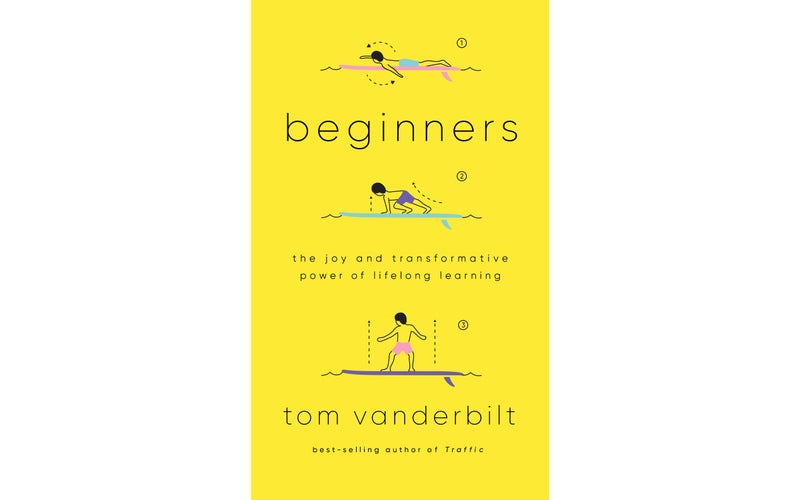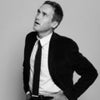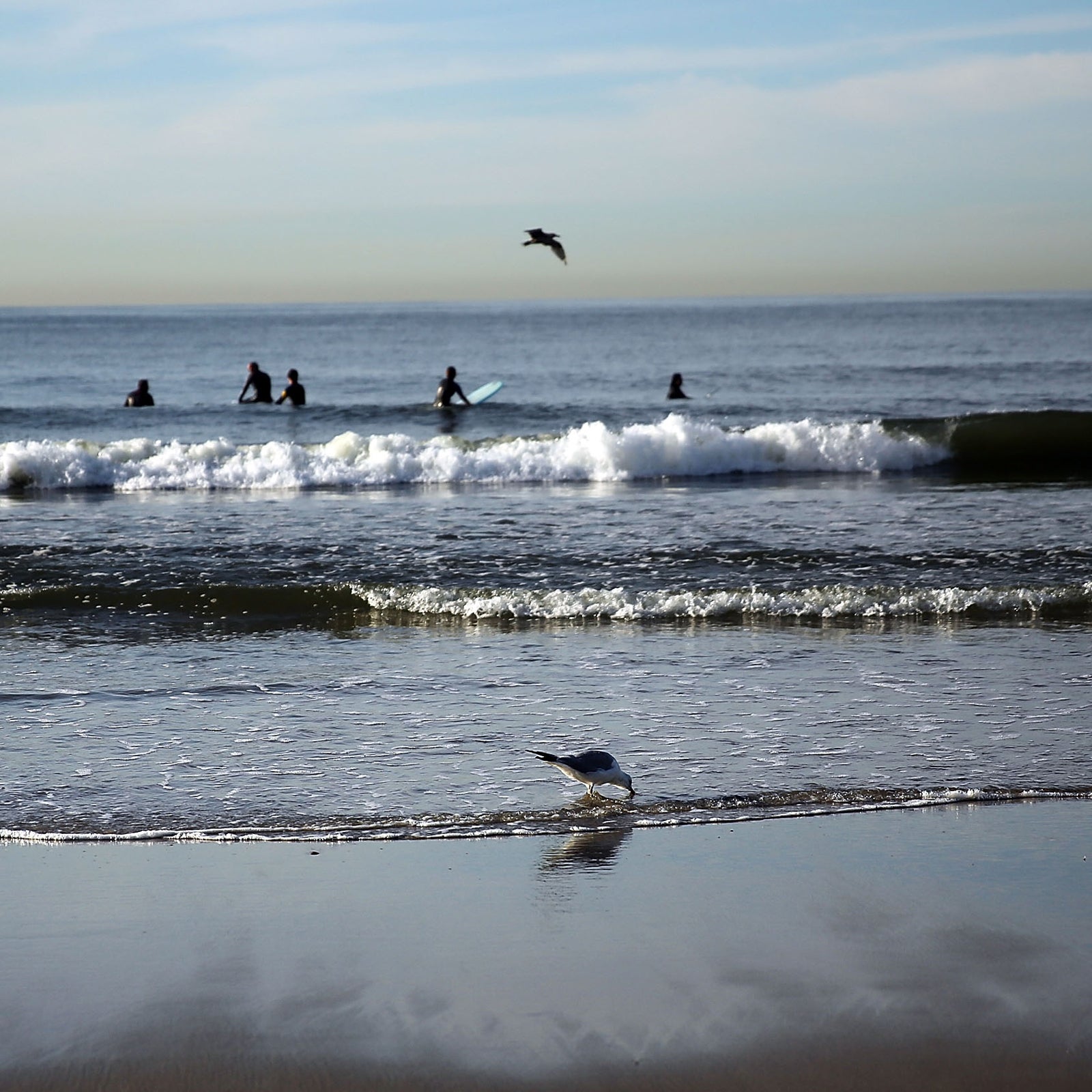Surfing has cost me two wedding rings, many thousands of dollars, and a few millimeters of intervertebral space in my spine. And I’m still not that good at it.
I was drawn in the way most middle-aged novices are: Surfing��was an object of long and distant fascination that I wanted to try before it was too late. Something that might test me in new ways.
When I was growing up in the ocean-starved Midwest in the 1970s, surfing trickled into my consciousness, as many things did, via television: a clip or two on Wide World of Sports,��the special Hawaii trilogy��of The Brady Bunch in which Greg suffers a scary-looking wipeout into a reef (I can still hear the eerie music as the taboo tiki idol worked its evil magic).
I don’t think I saw a surfer in person until I was in my late twenties, on a magazine assignment in Orange County, California,��to interview the noted surfer and shaper Donald Takayama—a task that was definitely over my head. After spending the morning with him in his shaping bay, I watched a crowd of kids on shortboards buzzing like agitated water striders around the encrusted pilings of the pier at Huntington Beach.
Over the next few decades, I maintained a kind of low-grade secret crush on surfing, the sort I once had on an older woman who worked at a hip coffee shop in my college town. Like her, surfing seemed wrapped in mystique, perhaps slightly dangerous, and ultimately unattainable.
The pursuit doesn’t exactly hang out a big “Beginners��Welcome” sign. At insider websites like , vulnerable adult learners,��particularly those mythopoetically��rhapsodizing about the life-changing joy of waves they first rode the week before, are mercilessly mocked. Surfers, the Australian pro Barton Lynch once observed, are “more cocky and judgmental than any group of people in the world.” Even if you barely paid attention to surfing, you’d no doubt heard about angry locals, always men, threatening kooks��at coveted breaks. The bar to entry, on various levels, seemed high.
Even though I had moved to New York City, a place surrounded by water—and even, I heard, decent surf breaks—my infatuation remained theoretical, my relationship platonic. New York life can be provincial; the Rockaways in Queens��might well have been another country. How would I get there? Where would I go? Who would show me the ropes? Nobody I knew surfed.
So instead, I just soaked up the mythology, devoured the books and watched the movies, learned the evocative names of surf breaks: Mavericks, Jaws, Trestles, Horseshoes, and Outer Log Cabins (the best waves, one surfer insisted to me, ended in s—an easily disproven theory but tantalizing nonetheless).
I tried to imagine myself as a philosophical, monk-like waterman, rising predawn to consult buoy readings. This straight-edge part of surfing—the all-consuming sense of purpose, the somber rituals, the hard-forged unity with the elements—attracted me more than the sun-streaked hedonistic side of things.
Someday,��I would inhabit this role of “surfer” I had envisioned for myself. I hoarded it, in my imagination, some fantasy refuge against life’s drudgery. In my mind I was always packing it in to go live in some small beach town, surfing in the morning, writing in the afternoon, reading in the evening. And yet “someday,” as a unit of time, can be hopelessly expansive. Reality kept intruding on my surfing dreams. Or maybe because surfing was a dream, I had no need to make it reality.
And so several decades passed before I found myself, one late, cold November weekday afternoon, on a desolate, windswept piece of beach in the Rockaways, about to lie prone on a nine-foot slab of blue foam. In the slate-gray sea, two-to-three-foot waves broke in the distance. Herring gulls, clamorous and territorial, were parked on the jumbled rock jetties. Overhead, a steady procession of large jets drifted down the flight path to JFK.
I was joined by Dillon O’Toole, an instructor with , a small Rockaway outfit. He’d arrived suddenly, as if out of the mist, carrying little more than a couple of boards and a small, desert-camo backpack with a “Bernie” button on it. A tall, tanned, bearded twentysomething with a deep, comforting voice, Dillon, like most Locals instructors, had grown up in the Rockaways and had been on a board since he was a kid. He could been my son, but I felt childlike before his authority.
As I lowered myself to the board, I played out a scene familiar from any beginner break from Waikiki to Bondi. You might have seen this: a circle of black wet-suited souls air-paddling on land-bound surfboards, necks uncomfortably arched, looking like stranded, flailing seals, being watched over by a bored-looking minder with a zinc-tinted nose. The idea is simple: before��you get in the water, where the board would become an unstable, moving proposition, it’s best to experience the basic dynamics—where to position yourself, how to turn, the proper stance—on dry land. And, of course, the “pop-up,” the act of swiftly transitioning from a prone, paddling position to an erect crouch, bent at the knees, arms outstretched for balance. “Pretend you’re an archer drawing his bow,” Dillon told me.
The pop-up is a funny thing. To the beginner, it’s the crucial act in surfing. With the instructor cherry-picking waves, and pushing you into those waves, all you have to do is hoist yourself off the deck and survive that rocky transition, and your work is basically done. If you can manage to not fall off that big, wide, beginner-friendly wedge of foam that is the soft-top board, you are—at least according to the dictionary—surfing. You’re tapping into a magic that had enthralled the writer Jack London, back in 1908, as he first spied a Hawaiian native upon the waves at Waikiki: “Straight on toward shore he flies on his winged heels and the white crest of the breaker.”
Much later, when you’re doing something that more closely approximates actual surfing, you won’t think much of the pop-up. It will just happen, instinctually. You’ll be thinking of other things. But in the beginning, it’s everything. I would visualize it; I would practice it on my living-room rug.

Rockaway, in surfing parlance, is a left-handed beach break, or jetty break. In some ways, it’s perfect for learning. The sandy bottom is free from reefs, rocks, or other hazards. It’s blessedly non-sharky. You don’t face a long paddle to get to the waves. But it also has its challenges. The particular bathymetry of the seafloor here means waves tend to break steeply. “When it gets big and hollow, it’s like a 90-degree angle,” Dillon said. You need a much faster pop-up than at a point break like Malibu, in California. And because the sand that helps create the breaking wave is itself always shifting, the way it does in a desert, you never quite know what you’re going to get.
Once I’d perfected my beach pop-up, we moved into the ocean. “This isn’t so bad,” I told Dillon, nestled in my thick, hooded winter neoprene. Then an unexpectedly large wave basically broke on me, and the wall of water felt as if a thousand tiny needles had been shot into my face.
Leading me through the waves by the nose of my board, up to his neck in the ocean, Dillon turned toward the horizon, shielding his brow with his hand. I saw an endless, swirling plain of greens and shadows. He saw something he liked. “OK,” he said, “get ready.”
I arched my back, planted my toes perpendicular to the board, and looked ahead. “Slooowww paddle,” he said, in his low, soothing voice. “Dig!” I paddled harder. I felt frothing at my heels and the slightest tilt of the board. “Pop!” he shouted. Suddenly the ninja I had been on land was nowhere to be seen. I started to drunkenly clamber to my feet, my hand still clutching the board’s rail. As I toppled over the side, the frigid water blasted up my nasal cavity like a satanic neti pot.
On the second try, I briefly got to my feet but made the mistake of looking at my feet as I did. In surfing, as in cornering on a bike or in a race car, the mantra is “Look where you want to go.” This brings up a phenomenon familiar in skill learning: beginners��are always looking at themselves. New cyclists look at their hands on the handlebars; new drivers look at the hood of the car. The better you get, the farther away you start to look. By looking down, you’re subconsciously orchestrating a series of downward muscle movements. In surfing, they say, “If you look down, you’ll go down.”
Which is precisely what happened. My weight shifted toward the nose, and my board, and me along with it, plunged forward. It’s called pearling, or nose-diving. As it begins to happen, you fixate even more, and it just gets worse.
Imagine that instead of a cozy lift ride back, you have to power through an “impact zone” filled with pummeling waves and other surfers. Snowboarding during a mild avalanche is probably a fairer comparison to surfing.
According to a theory from the sports psychologist Gabriele Wulf, we do worse at an activity when we focus on ourselves��instead of some external��target. This idea shows up in almost every sport there is. Darts players do better if they focus on the board and not their own arms; golfers do better if they focus on the hole and not their elbows. Even musicians, it’s been shown, seem to do better if they focus on overall sound rather than on their fingers strumming the instrument. Wulf, who says the findings have been replicated across 180 studies, thinks a focus on the self can prompt “micro-choking,” getting in the way of automatic movement—which is what we’re talking about when we’re talking about skilled behavior.
And so, at Rockaway, Dillon wanted me to focus not on the front of my board but on an onshore building. Look at that, the theory goes, and the rest will take care of itself.
My pop-ups had many ways to fall apart, however. My arms would be too far forward when I tried to pop up, putting too much weight at the front. I would pop up too late and feel the pulse of the passing wave. I would stand too tall or bend with my back rather than with my knees, both of which would wreck my balance. Sometimes, distracted by the turbulence of a larger wave, I wouldn’t pop up at all, instead taking a long toboggan run to the shore. In any other context, this would be fun in and of itself. Here it just reeked of failure.
It felt as if I had a checklist in my head that I was frantically trying to run through, in real time, in the fraction of a second I had to pull it all together. Proper board position? Check. Eyes on the shore. Check. Archer’s stance. Check. Then I’d focus so hard on my board position that I’d forget to look at the shore. One rule was always being neglected at the expense of another.
This is classic beginner’s behavior. A few decades ago, Stuart and Hubert Dreyfus, brothers and professors at the University of California, were studying, on behalf of the U.S. Air Force’s Office of Scientific Research, how people went about learning complex skills. Looking at pilots, second-language learners, and chess players, they came up with their widely influential “five-stage model of adult skill acquisition.” From a humble novice,��skill learners progressed to the advanced beginner��stage, then on to a sort of midpoint of competence,��before climbing further to proficiency,��finally summiting at expertise.��Experts, noted the authors, tend to become one with their skill. Airplane pilots no longer think of flying a plane; they’re just flying. As expert walkers, we no longer think about how to move our body down the sidewalk. We just do it.
In the novice stage, the learner rigidly adheres to “context-free” rules. Beginner drivers are told to stop at red lights; beginning chess players learn to “always” do this or that (for example, don’t move your knight to the edge of the board). But what if a driver comes to an intersection where the red light has malfunctioned? (This was a classic problem in the beginner��stages of self-driving cars.) What if your chess opponent responds to your textbook move with something unorthodox? Beginners judge their performance, the Dreyfuses suggested, by how well they follow rules.
On the surfboard, I was trying to follow a set of fundamental rules, without otherwise paying attention to what was going on in the real world. That’s because simply trying to observe the rules was consuming all my mental bandwidth. I’d have relative success on one wave, then completely fail when Dillon pushed me into the next. He would say, “Yeah, on that one you needed more of an angled takeoff ” or “That wave just kind of died.”
To move to the next stage, that of the advanced beginner,��I’d need to start incorporating “situational aspects”—or context—into my surfing. I’d need to know when and how to apply rules depending on the situation. This was a hard enough transition in any activity. But what makes surfing so difficult is that the situation is always changing.
Surfing, you might think, is similar to snowboarding, and it is, in the simplest terms of maintaining balance on a plank that’s going down a slope. But now imagine you have to jump to your feet and land in the proper position as that board begins descending. Imagine you’re carving down not a mostly static mountain but a constantly quivering, shape-shifting mass of Jell-O. Imagine you have one moment to make the right move before the opportunity is lost forever. Imagine that if you fall, your board can become a deadly, boomeranging projectile. Imagine that instead of a cozy lift ride back, you have to power through an “impact zone” filled with pummeling waves and other surfers. Snowboarding during a mild avalanche is probably a fairer comparison to surfing. In his book Kook, Peter Heller is told by one sage surfer that it’s not something you pick up in a year but a “life path.”
My life path was just a few steps old. I knew it wouldn’t be easy. Jack London spent four hours in the water on his first day and had this to report: “I was resolved that on the morrow I’d come in standing up.”
When I finally did that, on my second lesson, I proudly reported to my wife and daughter, later that evening, “I surfed! It was amazing!” I didn’t fully appreciate at the time how little of the code I had actually cracked, how hard the gains would be, or how dispiriting it would be to go down in��skill before, hopefully, I would begin to go back up.
Excerpted from , by Tom Vanderbilt. Copyright © 2021 by Tom Vanderbilt. Excerpted by permission of Alfred A. Knopf, a division of Penguin Random House LLC. All rights reserved. No part of this excerpt may be reproduced or reprinted without permission in writing from the publisher.


